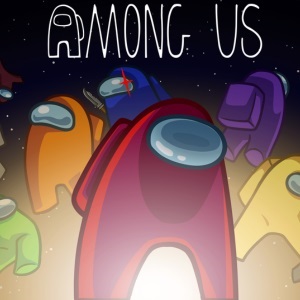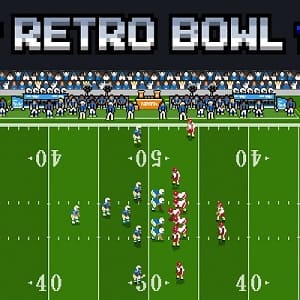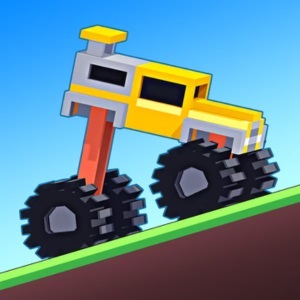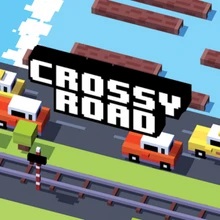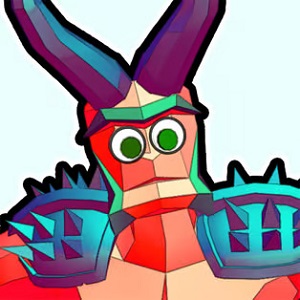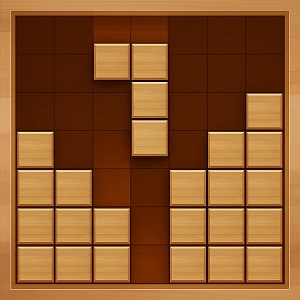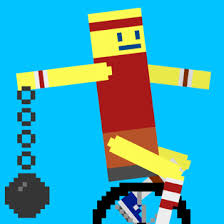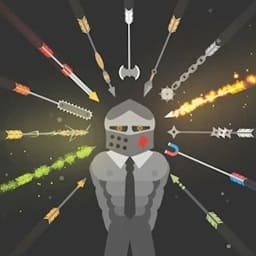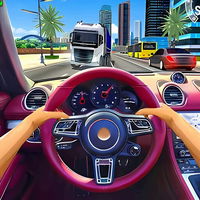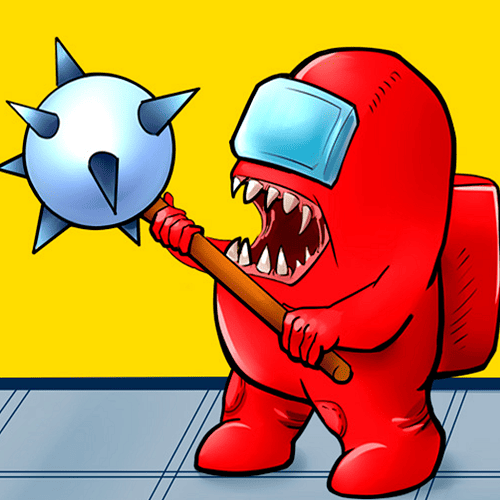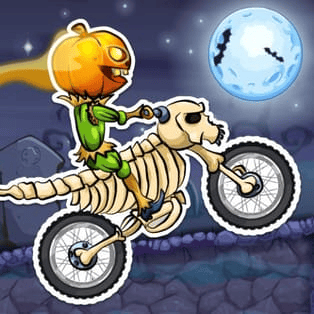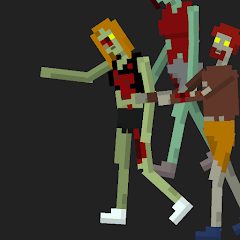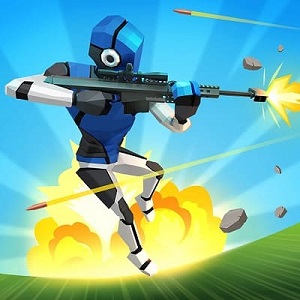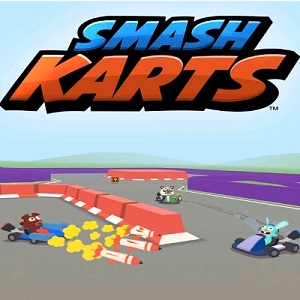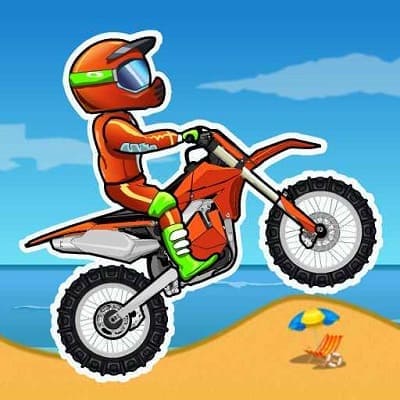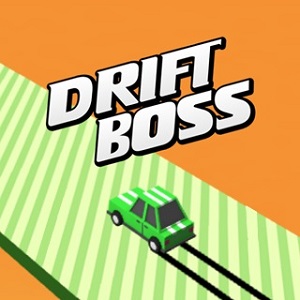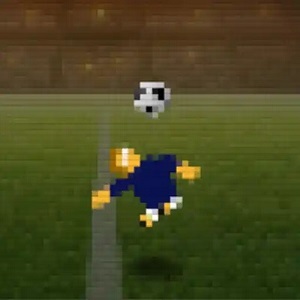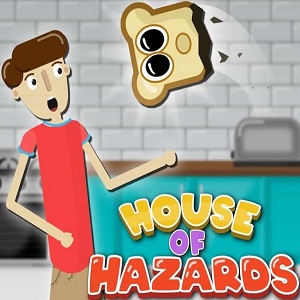
Play on your phone or tablet by scanning this QR code!
- PC: Arrow keys or A/D keys.
- Mobile: Swipe left/right.

Slope
- Developer:Rob Kay
- Technology: HTML5
- Release: 2014
- Platforms: Browser, Mobile App
- Wiki Page:
Introduction to Slope Unblocked 76
Imagine you're dropped into a glowing 3D world where a neon ball speeds down a never-ending slope and your only job is to stay alive. That’s the heart of Slope, an arcade-style endless runner first released on Y8 in 2014, developed by Rob Kay. The track twists and tilts beneath you, and the longer you last, the faster it gets.
With no story or characters to distract you, your reflexes, and the sleek, minimalist design pulsing with bright, neon visuals. It's simple to start, but every second you survive becomes a new test of focus, timing, and control.
Core Gameplay Mechanics
Your main goal in Slope is simple: keep the glowing neon ball rolling without crashing. It sounds easy, but the moment you start moving, things speed up fast. The ball moves forward on its own, and all you control is the direction, left or right. One mistake, and it’s game over. There are no extra lives, no checkpoints, just one continuous run.What makes it intense is the procedurally generated slope. The path changes every time you play, twisting suddenly or dropping off with no warning. As you survive longer, the ball speeds up, forcing you to rely on quick reflexes and sharp focus to avoid red blocks, gaps, and sudden turns. The increasing difficulty keeps every second unpredictable.
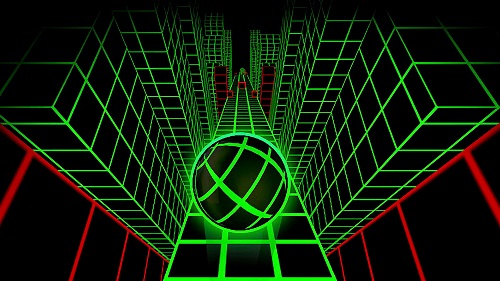
A Neon World That Never Repeats
One of the first things you’ll notice while playing Slope is how the terrain never stays the same. Every run feels fresh because the slope is randomized, meaning each layout is generated on the spot. You can’t memorize turns or prepare for specific obstacles, it’s always different.
After playing for more than 20 hours, I still find myself reacting to new curve patterns I’ve never seen before. Sometimes you’ll coast through gentle paths, and other times you’ll be hit with sudden narrow edges and steep drops that test your nerves. That’s what gives the game its infinite replayability.
Simple to Start, Brutal to Master
The beauty of Slope lies in its simplicity. You don’t need a tutorial. Just press left or right and you’re in. But after a few seconds, that relaxing start turns into a wild ride. The neon ball picks up speed fast, and one wrong move sends you flying into a red block or off the edge.
I still remember the first time I lasted over 60 seconds, my hands were sweaty, my heart pounding, eyes locked on the screen. It may not have characters or a backstory, but the deep challenge is real.
Compete on the Leaderboard
Every game ends with your score displayed right on the screen. And if you’re playing in full-screen mode, you’ll feel the pressure even more. The leaderboard adds a competitive edge. Trying to beat my friend’s high score of 142 became a personal mission. It’s not just about surviving, it’s about pushing your limits.
Enemies Without Faces
There are no monsters or guns in Slope. Just you and the red obstacles, blocks, walls, and gaps that show up out of nowhere. The tension builds as you recognize patterns and dodge them by instinct. It’s clean, intense, and purely about control.
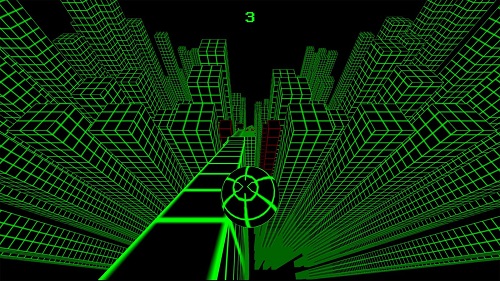
Beginner Tips and Strategy Essentials
When you're just starting in Slope, your best bet is to keep the ball near the center of the track. This gives you more time to react when the slope suddenly tilts or a red wall appears. Many experienced players say staying centered helps with control sensitivity, especially when the speed kicks in. It’s easier to move slightly left or right than to recover from extreme swings.
Don’t aim for long runs right away. Try short sessions, 10 to 20 seconds at a time. These quick bursts help you understand how the ball reacts to your input and let you get used to the flow of the game. The more you repeat these short tries, the better your rhythm and muscle memory will get.
Small, controlled steering makes a huge difference. I used to jerk the keys out of panic, but that only made things worse. Top players recommend making small corrections with soft taps instead of holding the keys down. It keeps your movement smoother and helps avoid crashing into sharp edges or overcorrecting straight into a wall.
Finally, don’t panic. The game speeds up the longer you survive, and it gets intense fast. But the moment you tense up, you’re more likely to make mistakes. Try to stay calm, take breaks between runs, and treat every failure as a lesson. That mindset is what turns shaky reflexes into steady hands over time.
Advanced Techniques & Optimization
As you spend more time in Slope, you’ll start noticing patterns. While the slope is randomized, certain obstacle types often appear in clusters, like back-to-back red blocks or narrow gaps followed by sharp turns. Advanced players use this knowledge to anticipate what’s coming and chain reactions without hesitation. Recognizing patterns early helps you plan your movement instead of reacting too late.
One of the most effective tactics is precision steering. Instead of big, sudden key presses, aim for smooth, tiny taps. These small movements let you keep your balance without overcorrecting. The ball’s momentum is sensitive, if you move too hard, you’ll swing wide and risk a crash. Top players train to move as little as necessary while staying in control.
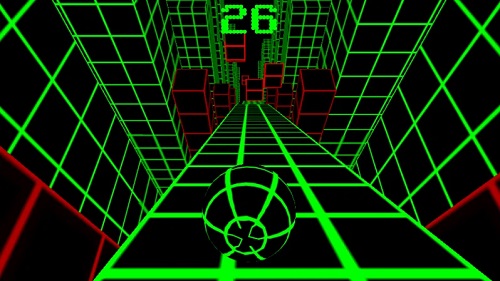
As the game speeds up, your reflexes alone won’t carry you. You’ll need to practice staying calm during high-speed moments. Maintaining momentum control is key. Don’t jerk the ball from side to side, flow with the track. With enough practice, you can reach a flow state where reacting feels natural, almost automatic. That’s when you’ll break your personal bests.
Another small but useful trick is switching to full-screen mode, especially when playing on Y8. It removes distractions and lets you see farther ahead on the slope. That extra bit of visibility gives you more time to react, sometimes just half a second is all it takes to avoid disaster. Small changes like this can lead to big improvements.
Pros and Cons
Pros
One of the best things about Slope is how accessible it is. You don’t need to install anything, just open your browser and start playing. The controls are simple, and the minimalist design makes it easy to focus. The neon visuals are smooth and immersive, especially in full-screen mode. Each run feels different thanks to the randomized terrain, which gives the game a surprisingly high replay value, even after dozens of tries.
Cons
But it’s not perfect. The steep learning curve can be frustrating, especially for new players who crash often in the first few seconds. Some may find the lack of variety makes the game feel a bit repetitive over time. There’s no tutorial or story, just the slope and the leaderboard. Also, if you're playing on certain sites, occasional ads can interrupt the flow. Still, for a free game, it offers a solid challenge that keeps people coming back.
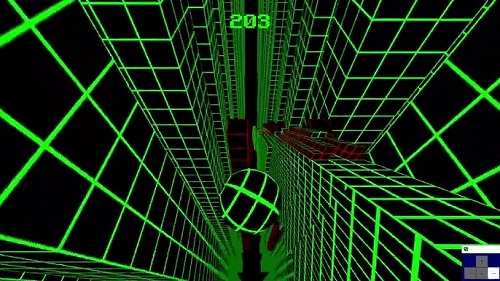
Comparison to Similar Games
|
Game
|
Similar
|
Different
|
|
Slope
|
Pure reflex-based endless runner. Focuses on speed, precision, and survival |
You control a 3D neon ball on a minimalist slope. Physics and control sensitivity matter most
|
|
Speedy Slope
|
Also, a fast-paced endless runner with smooth animation and rolling action
|
More polished UI and mobile-first design. Slightly easier pacing, but fewer tight turns.
|
|
Temple Run / Subway Surfers
|
Classic games in the endless runner genre. Simple to play and great for short sessions
|
Use human characters, have power-ups, missions, and stylized environments. Less physics-based.
|
Final Thoughts
Slope is the kind of game that proves you don’t need complex graphics or storylines to create something memorable. It’s a pure reflex game, simple, fast, and surprisingly addictive. There are no upgrades or unlocks to chase, just your focus and score. That clean design is what makes it a true browser classic.
And even years after its release, the community still plays, shares tips, and pushes high scores. It’s a neon arcade staple that keeps challenging players to do better.

